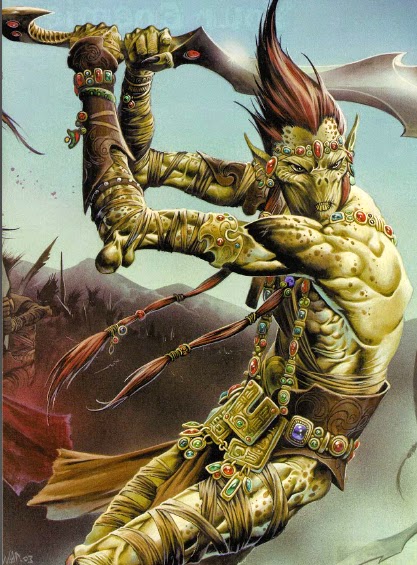

It was harder back then to get casting while wearing good armor though (well in 2e anyway in 1e most multiclassing fighter/wizards could cast in armor). Buffing was still a good option though but you were more likely to see both. In AD&D a fighter/mage was more likely to blast than in 3e due to blasting being much better back then. Spell choice was often buffing oriented because that was generally the better way to go. Then you would have casting classes that could fight like the duskbade that were like a gish but there were many people that would not count it because it did not get good enough casting (it only got a limited number of up to 5th level spells but they did get that channeling ability to attack and cast a spell as a standard action). Way back in the day it just referred to the githyanki fighter/wizard multiclass and it got spun off as a D&D shorthand for warrior wizards that could cast and fight.Īs previously mentioned on 3e boards you tended to see only those that got +16 BAB and 9th level spells (or close to it) as being true gishes. Or is just using BB/GFB constitute the beginning is 5th level spells where a GISH comes into its own. Is there a spell level needed? Or spell? I like hold monster. Is it just wearing armor or having a really high AC. Is the ability to use a quickened spell or war magic or improved war magic needed. Now is just having magic weapon, elemental weapon, divine favor, etc the basis for a GISH I'm guessing the "normal wizard" could use misty step and firebolt Normally a spell eats up that action, but with a bonus action spell you can use a cantrip that is an action. Pre-buffing in 5E is almost impossible as spells range from 1minute, to 10 minutes, to hours.Ĥ. You have movement, an action, and a possible bonus action and maybe a reactionģ.



You can only focus one concentration spell at a timeĢ. Is it some magic and melee attacks? Or a combination of both?ġ. Although the original meaning persists, and this usage has followed out of favor, it is still sometimes used in this sense, essentially as a synonym for fighter/magic-user or f/mu.The term GISH is thrown around a lot in 5E, and past editions as well.īut what exactly is everyone looking for? The term was used in fan circles in the 2nd edition era to mean a non-specific mage/fighter combination, but became particularly popular during Dungeons & Dragons 3rd edition and version 3.5, especially in discussions of optimization, when the wealth of character options made character builds more varied. For example, in A Guide to the Astral Plane (1996), the word is said to be a githyanki word meaning skilled. The word gish has continued to be used in official D&D products up to the present day, always in reference to the githyanki, but it became more widespread by its use in books for the Planescape campaign setting for Advanced Dungeons & Dragons 2nd edition. (Although the githyanki themselves were created by Charles Stross in White Dwarf issue 12 in 1979, the term gish did not appear in the issue and was likely added to the Fiend Folio by editor Don Turnbull.) Two such gishes were said to appear in the mixed party of githyanki that player characters could encounter. The term gish first appears on page 43 of the 1981 Fiend Folio for Advanced Dungeons & Dragons, in which it refers to a githyanki multi-class character with 4 levels in fighter and 4 levels in magic-user. The term has acquired a secondary meaning, that of a character build, mainly in fantasy role-playing games, that is skilled in both physical melee combat and the use of magic Etymology In the lore of Dungeons & Dragons, gish refer to a class of githyanki warrior of great skill, often combining melee combat and the use of magic.


 0 kommentar(er)
0 kommentar(er)
